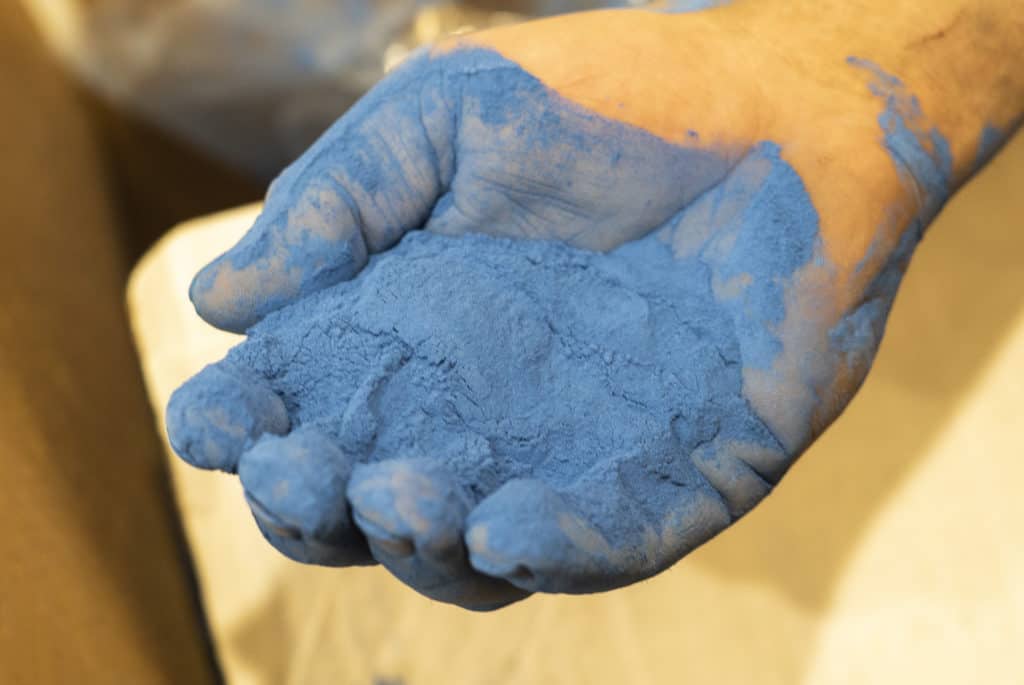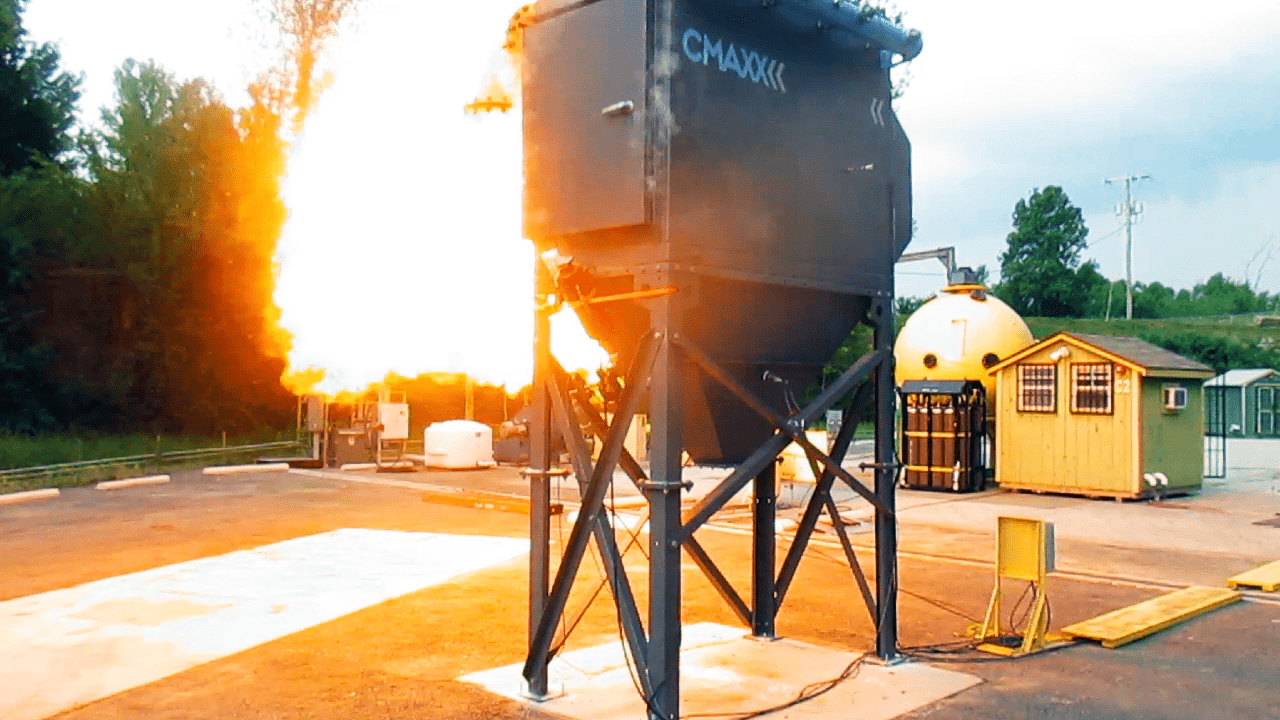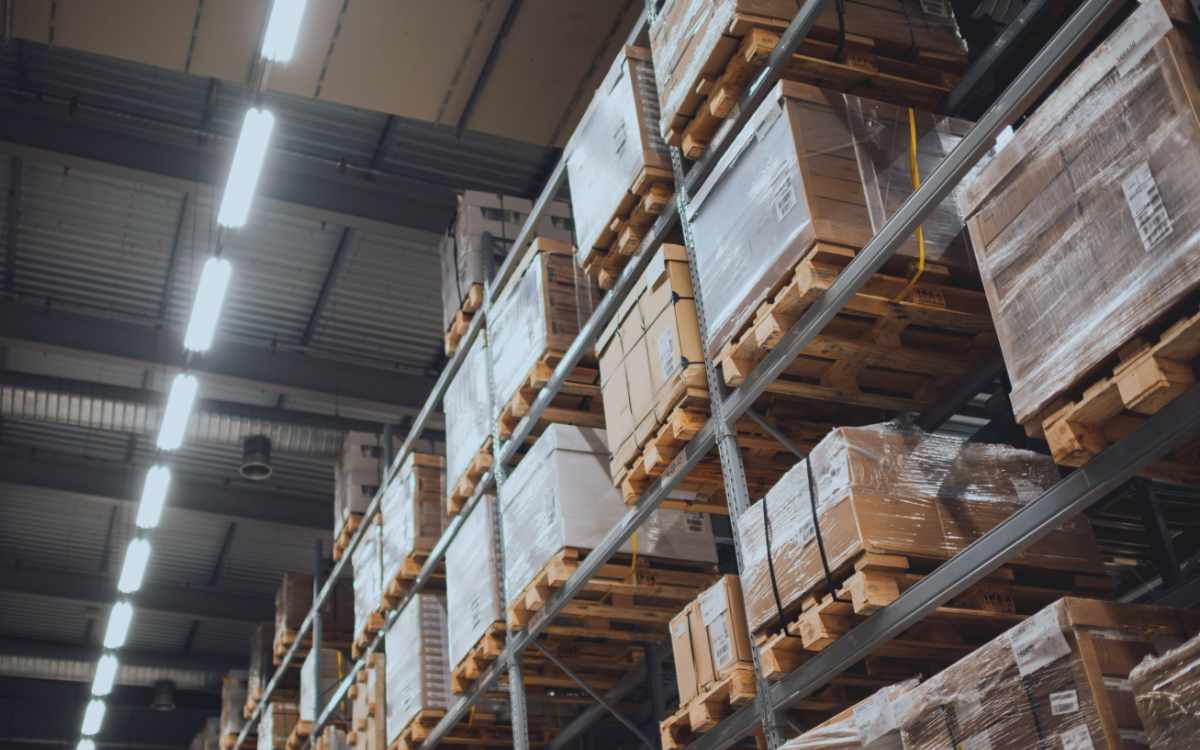By now, if you deal with combustible dust in your facility, you have probably heard about NFPA 652, the new Standard on the Fundamentals of Combustible Dust. According to this new standard, your company must have completed a Dust Hazard Analysis by October 2018. OSHA inspectors making overall safety checks can ask for a company to present its DHA and may fine any company that hasn’t conducted one if the dust is a safety hazard.
How do you know if NFPA 652 applies to you and if you need to conduct a dust hazard analysis?
This standard applies to both new installations and existing facilities, so if your process produces dust of any type, it might apply to you. The first step is to conduct safety testing on your dust or particulate if you haven’t already. Because NFPA 652 is a combustible dust standard, the first step is to have a dust test performed. This will give you key information about whether your dust is combustible, how dangerous it is, and what steps you may have to take to address it.
A dust hazard analysis is a review process that looks at each part of the facility’s processes and evaluates any fire, deflagration, or explosion hazards that are present anywhere in the facility as the result of combustible dust. By this standard, it is not good enough to be able to show that you had your dust tested and that you have a dust collection system in place. The entire hazard analysis must be documented. This includes checking for the following hazards and documenting them completely:
- Is the dust in this process or area combustible?
- Is there dust accumulation in any part of the area?
- At any point in this process, is the dust airborne or in a cloud (where it is easier to ignite)?
- Are there any ignition sources that could ignite the dust?
- Is there enough dust present during the process to allow a deflagration?
Once all these factors have been assessed, the dust hazard analysis needs to answer some very important questions about what’s being done currently and what needs to change in managing the hazards.
- What hazard management is in place right now to deal with the combustible dust hazard in each area or process?
- Does the current hazard management address all the issues that the hazard analysis uncovered?
- If current hazard management isn’t enough or doesn’t cover everything, what steps need to be taken to improve it?
Keep in mind that this is necessary for each area or process in your facility, even if you have one centrally located dust collection system. For example, if your metalworking facility has plasma cutting, welding, and grinding or other fabrication processes, the DHA has to assess the hazards for each one. The weld fumes present a different type of risk than the dust from grinding, for example, and some processes produce a fine airborne fume instead of a heavy accumulating dust.
It’s possible that your DHA will find that you have your combustible dust and fume hazards under good control. If that’s the case, conducting the DHA will give you a full hazard report that meets NFPA 652 standards and that you can present to an OSHA inspector.
If your DHA identifies hazards that still need to be addressed, it’s still very important that you’ve done your work, documented all the combustible dust hazards, and are taking steps to fix problems. Contacting a dust and fume collection professional like Imperial Systems will help you identify your options. We can help you make sure that every area of your facility passes the dust hazard analysis.
NFPA 652 is the organization’s new attempt to prevent combustible dust damage, injury, and death in the workplace. A dust hazard analysis may take time and require good documentation, but it might help you catch a potentially dangerous problem. Take the time to conduct a dust hazard analysis, or have professionals come in and assist you. Address problems if you find them, and you’ll have a safer and healthier workplace.
Download our Dust Testing Sheet and call our team to have your dust tested for a KST value.




